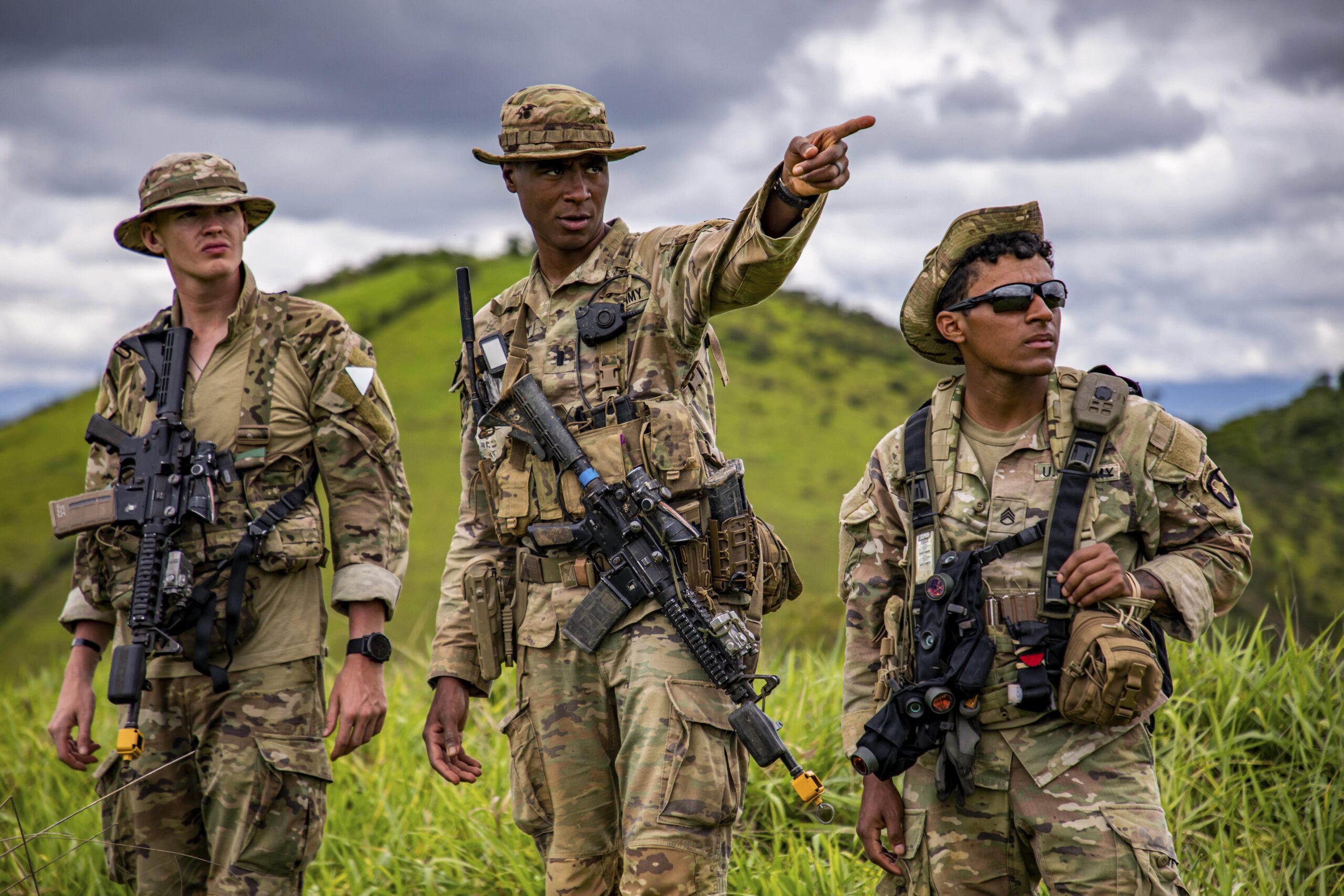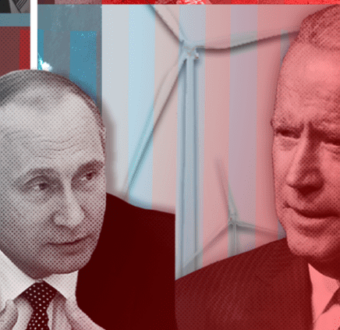Discussing the Shades Of Gray Within Conflicts

By Zuri Linetsky, Research Fellow
This contribution appeared in the April 14, 2022 edition of “Adults in a Room,” a series from the Atlantic Council’s New American Engagement Initiative and Inkstick.
As modern states evolved, they created systems to regulate their behavior. States sought to eliminate all forms of non-state violence because it could unintentionally provoke interstate conflicts. But, states could not eliminate all forms of non-state violence. Modern gray zone operations leverage gaps in international law about the use of force and the principle of non-intervention. To operate in the gray zone, the US must address these gaps.
Gray zone operations confound international legal definitions of who is a combatant, what is a weapon, and what constitutes a war — and they maximize deniability for actors who implement them. Moreover, as large states successfully deploy gray zone campaigns, smaller states have an incentive to emulate them. These factors make gray zone operations a direct threat to the effectiveness of international law.
Read more of Zuri’s contribution in Inkstick.

Written by Zuri Linetsky
Zuri is a research fellow with the Independent America project at the Institute for Global Affairs.
Read more from Zuri
This post is part of Independent America, a research project led out by IGA senior fellow Mark Hannah, which seeks to explore how US foreign policy could better be tailored to new global realities and to the preferences of American voters.









America Prepares for a Pacific War With China It Doesn’t Want